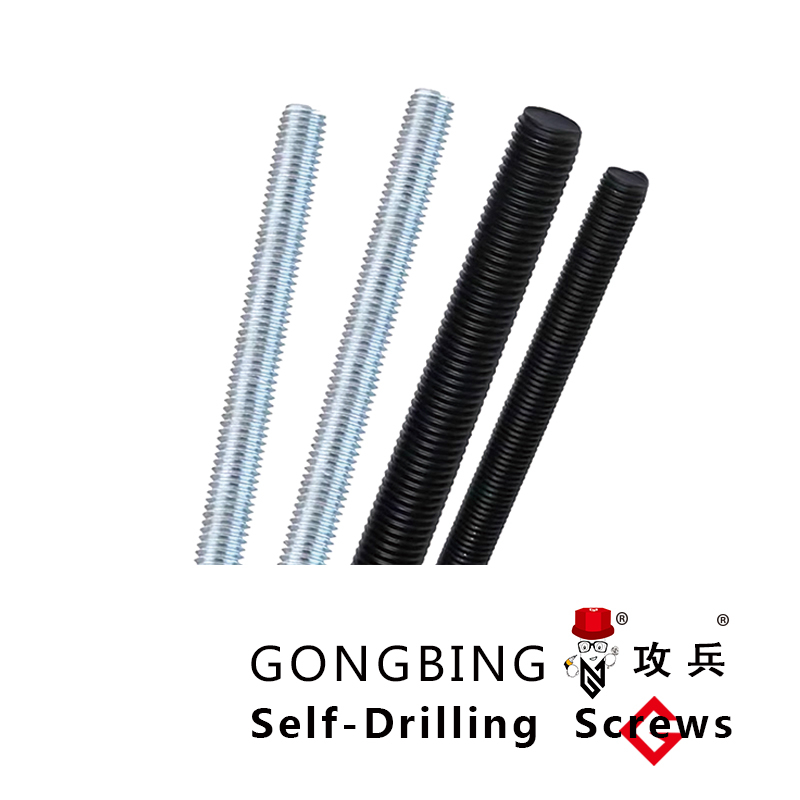Understanding the Role of Shear Connector Studs in Structural Engineering Applications
Understanding Shear Connector Studs A Key Component in Composite Construction
In the realm of modern construction, particularly in the context of composite structures, shear connector studs have emerged as vital components that enhance the performance and integrity of steel and concrete connections. These innovative connectors play a critical role in ensuring that the two materials work together effectively, providing the necessary bond to resist the forces experienced by structures.
What are Shear Connector Studs?
Shear connector studs are small, cylindrical steel elements that are welded onto steel beams beneath a concrete slab. Their primary purpose is to transfer shear forces between the concrete and steel, ensuring that both materials act compositely. This means that the concrete and steel work together as a single unified element when subjected to loads, maximizing the strengths of both materials.
How They Work
When a composite beam is loaded, the steel beam resists bending and tension, while the concrete slab resists compression. Shear connector studs allow for the transfer of forces between the two materials, effectively locking them together. This bond not only increases the overall load-bearing capacity of the structure but also helps control deflection and improves the durability of the composite system.
The number and spacing of shear connector studs are critical aspects of their design. Engineers must calculate the appropriate quantity to achieve the desired shear transfer while considering factors such as the span of the beam, the expected loads, and the material properties. Incorrect sizing or spacing can lead to structural failure, making proper design and implementation crucial.
Materials and Installation
shear connector studs

Typically made from high-strength steel, shear connector studs are designed to withstand significant loads. They are installed using a process known as stud welding, which involves melting the base of the stud and the surface of the steel beam to create a strong bond. This method allows for quick and efficient installation, which is essential in large-scale construction projects.
Advantages of Using Shear Connector Studs
1. Enhanced Load Capacity The primary advantage of shear connectors is the increased load-carrying capacity of composite beams, enabling them to support greater weights and span larger distances without compromising structural integrity.
2. Improved Structural Efficiency By allowing steel and concrete to act together, shear connectors contribute to a reduction in material usage. This efficiency not only lowers costs but also minimizes the environmental impact of construction.
3. Reduced Deflection Shear connectors help control deflection in composite beams. This is particularly important in applications where aesthetic considerations are paramount, as excessive deflection can lead to undesirable visual effects.
4. Simplified Construction The use of shear connector studs simplifies the construction process. Their installation is straightforward, and the composite action achieved can reduce the number of required beams and columns, streamlining the overall design.
Conclusion
Shear connector studs are an essential innovation in the construction industry that significantly enhances the performance of composite structures. By providing the necessary bond between steel and concrete, they enable these materials to work together efficiently, improving load capacity, reducing deflection, and promoting material efficiency. As the demand for innovative construction solutions continues to grow, the importance of shear connector studs will undoubtedly remain pivotal in achieving robust and sustainable structural designs. Understanding their functionality and benefits is crucial for engineers and construction professionals striving for excellence in composite construction.
-
Weatherproof Plastic Expansion Anchors for OutdoorIroyinJun.06,2025
-
Sustainability in the Supply Chain: Eco-Friendly TEK Screws ProductionIroyinJun.06,2025
-
Load-Bearing Capacity of External Insulation FixingsIroyinJun.06,2025
-
Double Head Bolts: Enhancing Efficiency in Industrial MachineryIroyinJun.06,2025
-
Corrosion Resistance in Chipboard Screws: Coatings for Wholesale DurabilityIroyinJun.06,2025
-
Butterfly Toggle Bolts : Enhancing Structural ResilienceIroyinJun.06,2025
